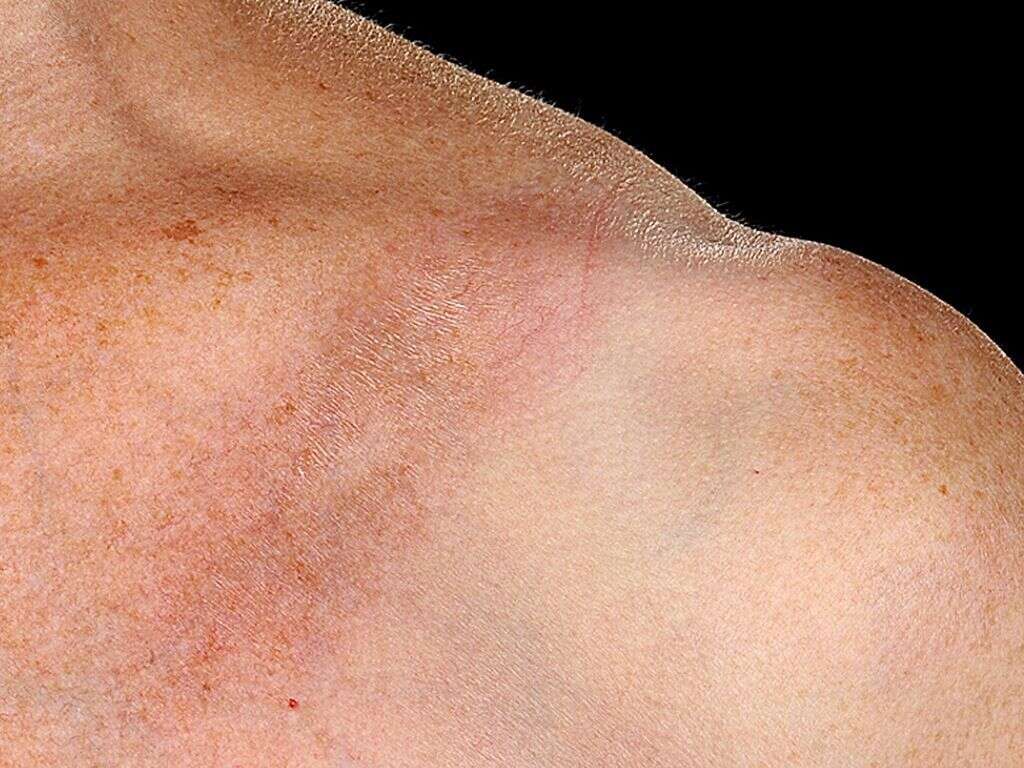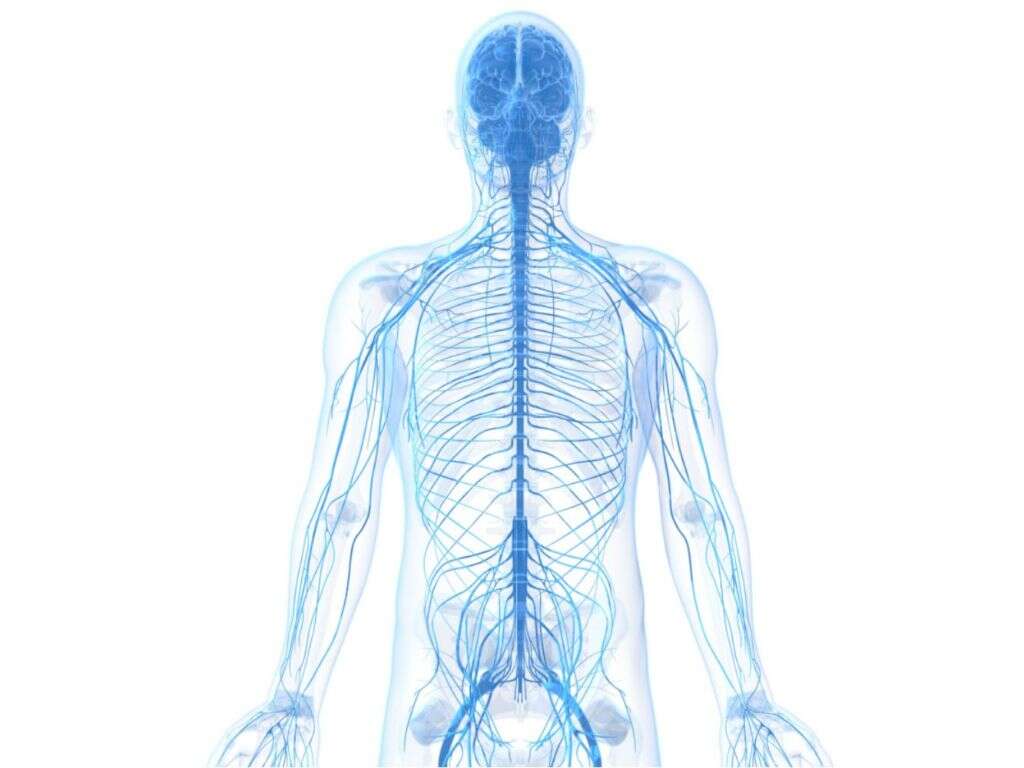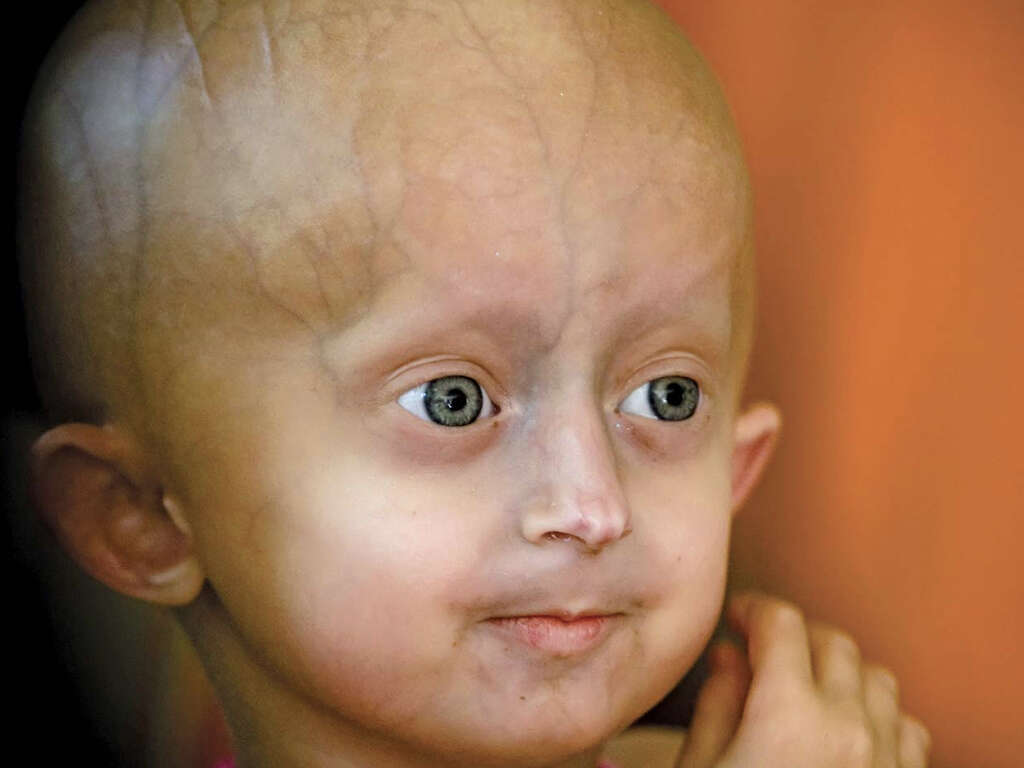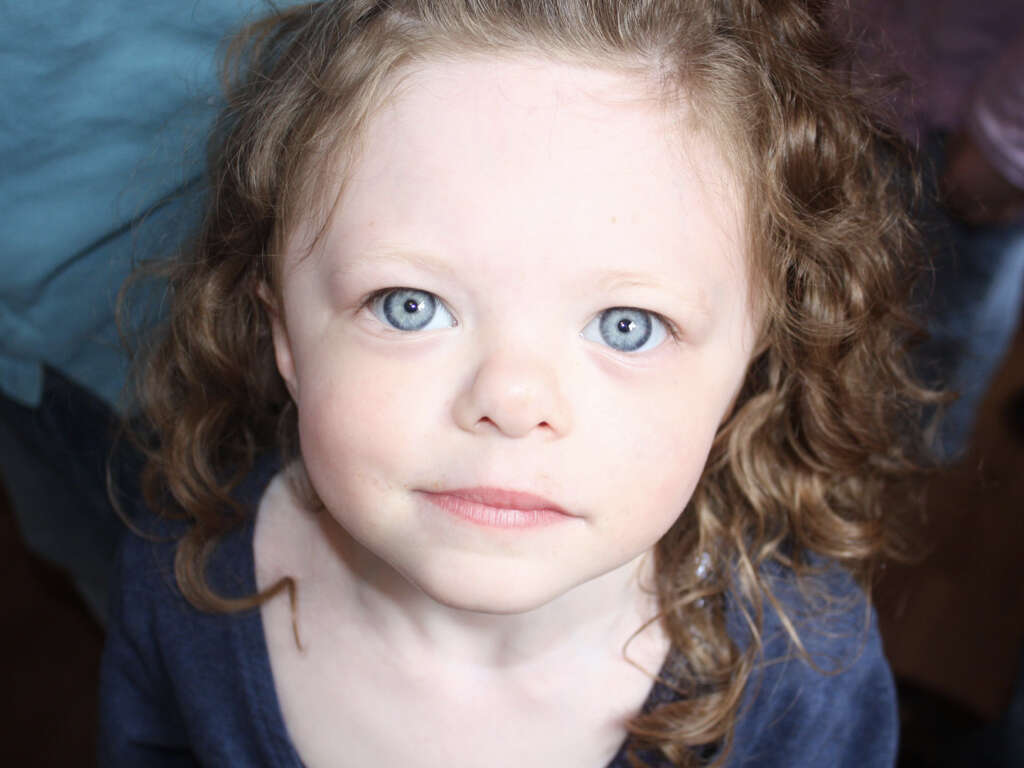What Is Budd Chiari Syndrome?
Whenever we eat or drink, we ingest some compounds that are not good for us, or are at least not needed. This includes various toxins that might do us harm if they were allowed to build up in our system. To overcome this problem, we evolved livers that help to filter out unwanted substances from the food that we eat.
This makes it very important that the liver is kept in good health, and we would die if we were to lose our liver altogether. Things can go wrong with our liver, however, and some of these problems can be very dangerous for us. One such problem is Budd Chiari syndrome, although it can be treated most of the time.
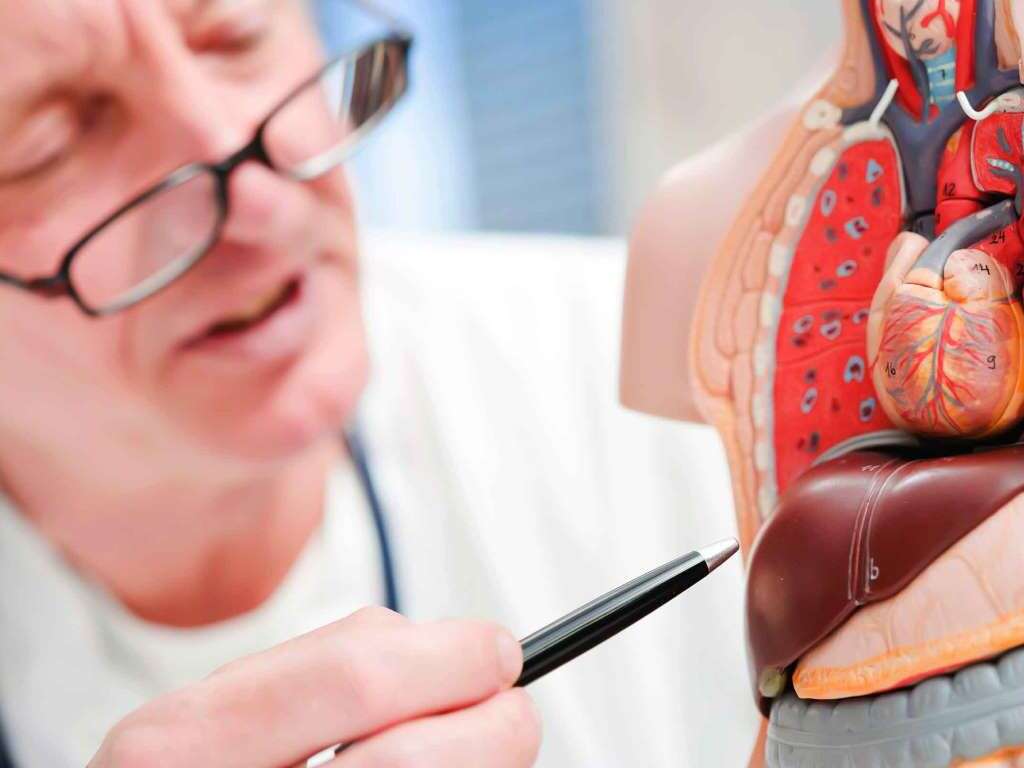
1. Budd-Chiari Syndrome
The hepatic veins help to carry used blood away from the liver. There are 3 upper hepatic veins, and between 6 to 20 lower hepatic veins, which are smaller. It is important that these veins are in good working order to ensure used blood can continue flowing into and out of the liver as usual.
Budd-Chiari syndrome is a rare condition where the patient’s hepatic veins are blocked or become narrower, thus limiting or stopping the flow of blood from the liver. There are different reasons why this can happen and there are different types of the disease. The disease can cause liver damage, which can range from mild to serious.

2. Budd-Chiari Syndrome In Children
As the name suggests, pediatric Budd Chiari syndrome, which is the rarest of all types of the disease, affects only children. There is also only one type of the condition that affects children that we know of. In the majority of cases it happens because of a medical condition that causes blood clots.
Pediatric Budd Chiari syndrome develops very gradually over time and it will take a long time for any permanent damage to be caused. It can be found in children that are as young as 9 months old, and it is also more common in boys than it is in girls.

3. Budd-Chiari Syndrome In Adults
While there is only one variety of the condition in children, there are 3 types in adults. One of these is fulminant Budd Chiari syndrome, which will develop very suddenly. The patient can begin to experience severe symptoms quickly and liver failure can occur. It is the rarest type of the syndrome in adults.
Adults can also develop acute Budd Chiari syndrome. Although this type will also develop quickly, it will not develop as quickly as fulminant Budd Chiari syndrome. It can lead to problems like swelling and pain in the abdomen areas. The third type is chronic Budd Chiari syndrome, while will worsen gradually over time.

4. Blood Disorder Causes
It is often the case that the cause of Budd Chiari syndrome is not known. We do know, however, that it is sometimes caused by other liver diseases. It is also known that in most cases, the patient will also have a health condition that will make the blood more likely to clot.
Such conditions include thrombophilia and polycythemia vera. The first causes abnormal clotting, and the latter means the body has more red blood cells than usual. Sickle cell disease is another potential cause, as is a disorder of the bone marrow known as myelodysplastic syndrome. It can also be caused by pregnancy, and birth control pills are another potential cause.
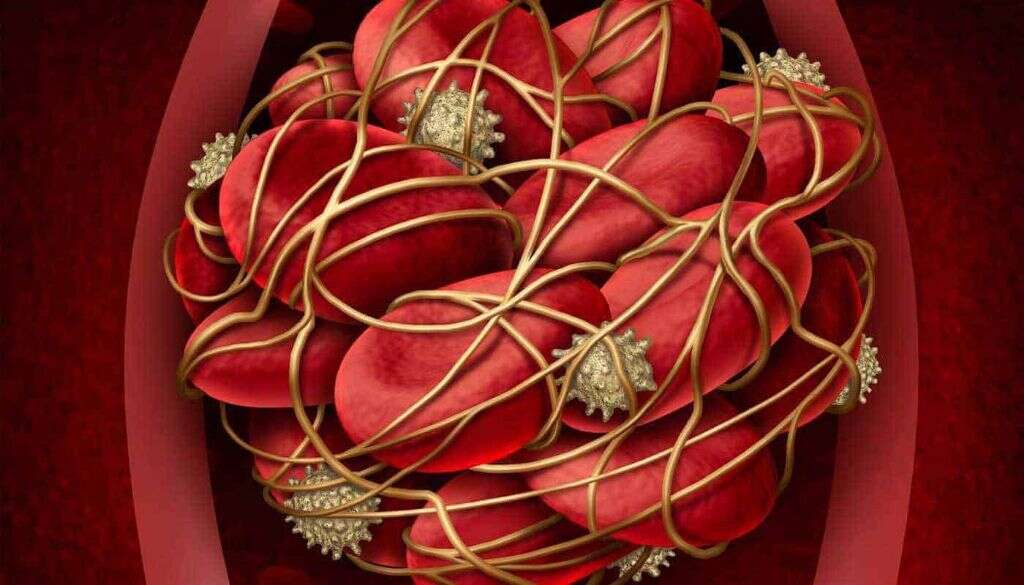
5. Other Causes
In addition to blood clotting disease, there are some other medical conditions that can lead to Budd Chiari syndrome developing. Some vitamin deficiencies can cause it, particularly deficiencies of vitamins S and C. Some form of injury to the liver is also the underlying cause in some cases.
Inflammatory disorders can also cause the problem, including phlebitis, which is the inflammation of the veins. Blockages elsewhere in the cardio-vascular system can also cause the condition. Certain infections are also a potential cause while cancer, including liver cancer, can also cause the syndrome. Some types of medication can also be behind Budd Chiari syndrome.
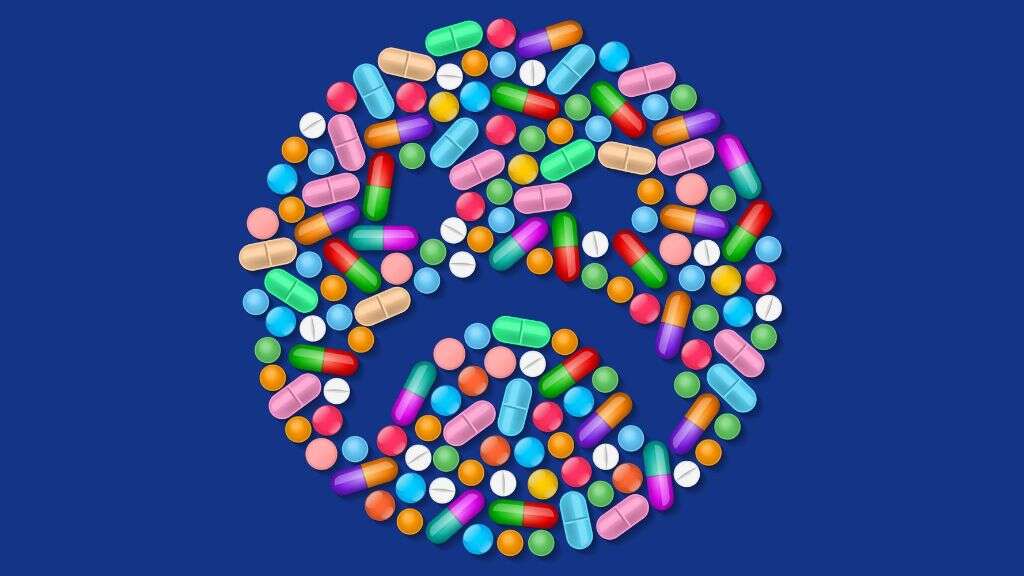
6. Symptoms
Around 20 percent of all people with Budd Chiari syndrome will show no symptoms whatsoever and, when symptoms do show, they can range in severity from patient to patient. Typical symptoms include nausea and vomiting, while many patients will also experience weight loss and fatigue.
Pain in the upper right region of the abdomen is also a common symptom, as is bloating of the stomach. An enlarged liver is also likely, and liver damage is also a possibility. Some patients will develop jaundice, which would suggest the liver is struggling to function properly. Some patients will also experience swelling in their legs.
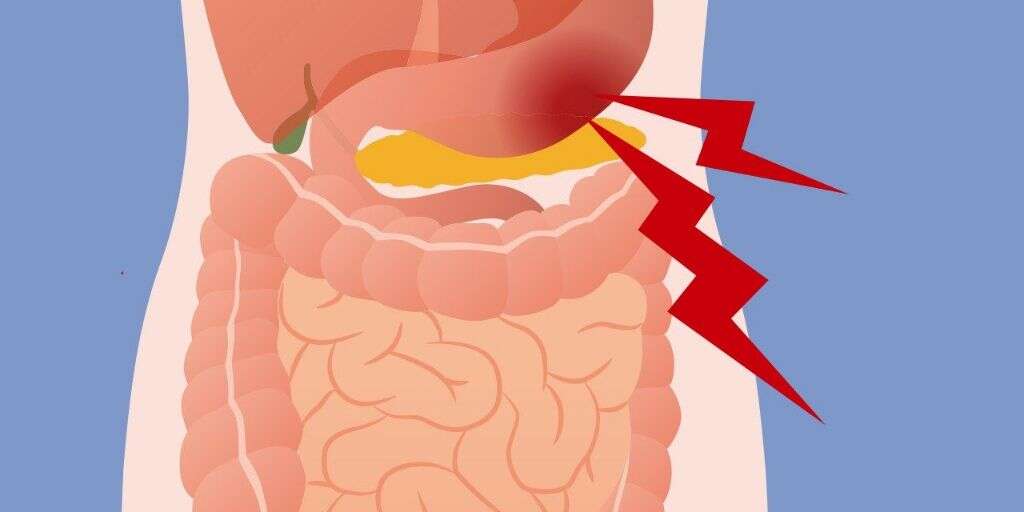
7. Complications
In addition to the symptoms mentioned, Budd Chiari syndrome can lead to some potentially severe problems. These tend to involve problems with the liver and with other organs. Complications of Budd Chiari syndrome typically include problems with the liver’s functioning, and this can cause problems with digestion.
Patients with the condition can also suffer from problems with the gallbladder and also problems with high blood pressure. Kidney problems are another potential complication. In the more severe cases, liver failure can occur. The complications associated with Budd Chiari syndrome can be severe enough to be fatal so treatment should be sought as soon as the problem is diagnosed.

8. Diagnosis
One of the first steps in reaching a diagnosis will be a physical exam, and the doctor will likely look for swelling in the abdomen area, especially a swollen liver. If Budd Chiari syndrome is suspected then further tests will be required to confirm the condition.
The additional tests will generally include a blood test to check if the liver is functioning as it should be. Scans will also likely be requested to help look for problems with the liver, particularly to see if it is swollen and if there are any blocked blood vessels. A biopsy may be needed, and a procedure may be performed that will check the blood pressure inside the liver.

9. Treatment
The treatment for Budd Chiari syndrome will usually begin with medication that will help prevent the blood from clotting. Other medication might also be available to help dissolve any blood clots that already exist. Medication may also be used to help treat the underlying cause of the condition.
If medication alone is not working then a tube or stent may be inserted into the appropriate veins to help the blood flow freely again. When all treatments are not working and the liver is severely damaged, a liver transplant may be deemed necessary. A liver transplant is a large operation and it can take several months to recover.
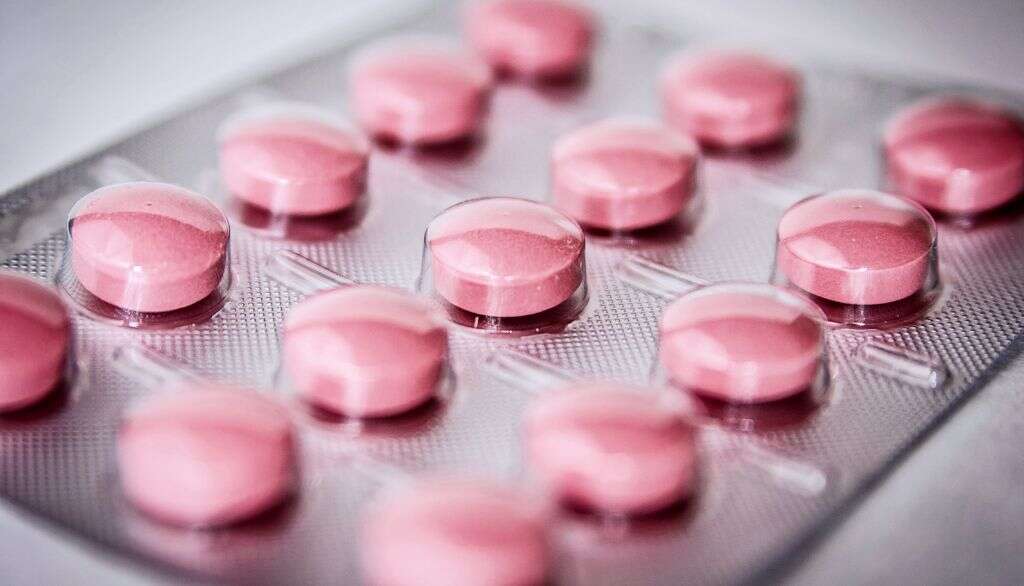
10. Lifestyle Changes
People that have Budd Chiari syndrome will likely need to make some changes to their lifestyle, especially when they are still being treated for the condition. These lifestyle changes generally include making changes to your diet. Foods with a high vitamin K content will need to be avoided because the vitamin encourages clotting.
This means avoiding certain vegetables due to their high vitamin k content. Cranberry juice and alcohol can cause an unwelcome reaction to certain medications that thin the blood, so these should also be avoided. While Budd Chiari syndrome can be fatal if it is not treated, most patients will be able to live relatively normal lives.





